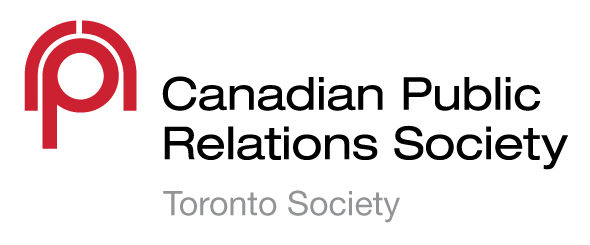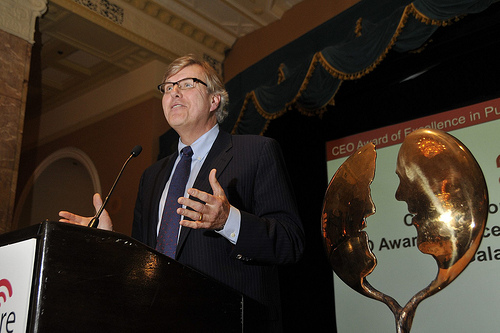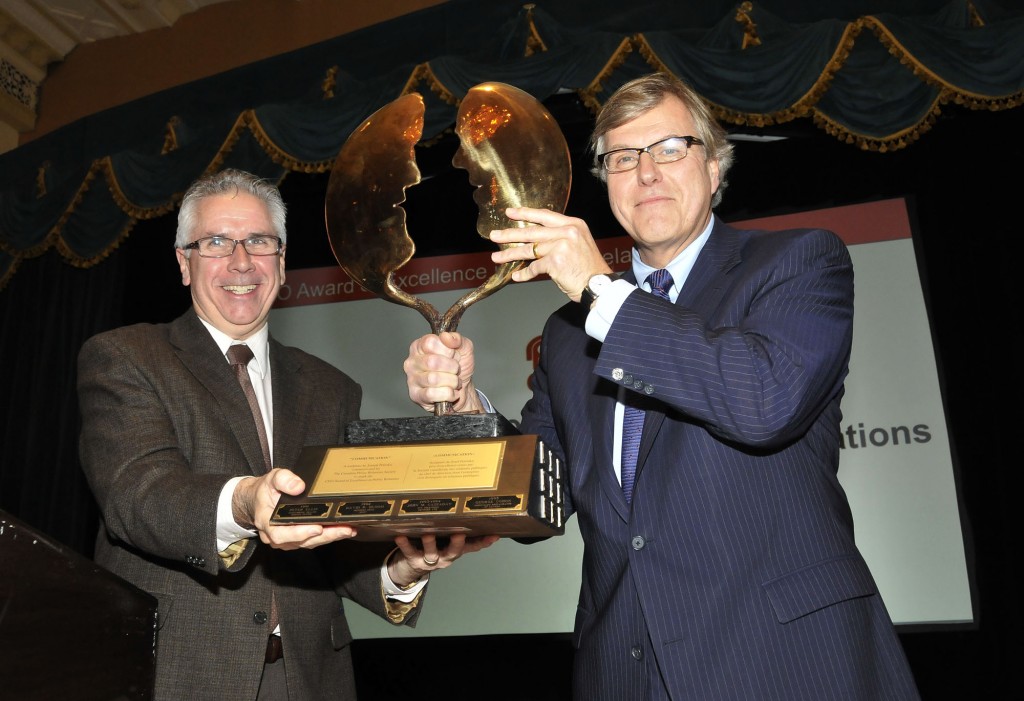Executing a successful public relations campaign can be quite challenging. Summarizing months of planning, brainstorming and program results all into an Executive Summary – and then in to a concise binder’s worth of details for an award – can be just as difficult.
APEX PR managed to pull off both with their “UPS Peak Season 2011” campaign, winner of a Gold 2011 CPRS Toronto ACE Award for Best Use of Media Relations.
I had a chance to chat with Erik Bauer, Consultant at APEX, to learn about and experience the journey that APEX and UPS Canada embarked upon, delivering exceptional program results and an award-winning submission.
Can you tell me about your winning campaign? What was the objective and why was it so successful?
The holidays are a busy time, especially in the world of transportation and logistics. In the month leading up to Christmas, UPS sees a 60 per cent volume increase in its normal daily delivery volume. UPS knew that in order to maximize business efficiency and provide stellar customer service during this demanding period it would have to develop a communications strategy to inform customers about peak season forecasts, packing tips and pertinent shipping deadlines.
UPS approached APEX to develop a public relations campaign to educate Canadians about the many potential complications associated with holiday shipping and thus ensure that more packages were delivered in time for the holidays. APEX implemented a strategy that targeted consumer and online media, with images and messages of how to properly package gifts. The intent was to cut through holiday media clutter by showing how to give, rather than what to give. Tactics included creating and distributing a VNR that allowed UPS to overcome challenges associated with media interview facilitation; a driver ride-along opportunity in mid-sized markets, and national media relations.
The success of the campaign was tied directly to the resulting coverage, which represented a nearly 200 per cent rise in reach from the previous year. Furthermore, UPS’ key messages were prevalent in all the coverage, which allowed the brand to ensure that its target audience was informed and educated about all of its peak season offerings.
How did winning an award contribute to the agency’s brand?
The public relations industry is tremendously competitive. Now, more than ever, it is crucial for businesses to receive recognition for their outstanding achievements in order to distinguish themselves from competitors.
At APEX we pride ourselves on developing innovative communications campaigns that are based on sound strategic planning. More than anything, winning the 2011 CPRS ACE Award validated our strategic thinking and the stellar results that we achieve for our clients. It also helped to differentiate our business offerings from those of our competitors while at the same time building our reputation in the industry.
Finally, the award validated the hard work and dedication of the team that developed and executed this campaign. Although we all strive to achieve the best results possible for our clients, the truth is that sometimes we need to be recognized for our hard work! This award was particularly significant because the judging committee consisted of a group of diverse and experienced fellow communicators. Being recognized by a group of peers made the award that much more meaningful.
What inspired you to submit?
First, it is important to note that not every campaign is worthy of an award submission; the process is lengthy and costly and therefore needs to be looked at like any other business decision. Every year APEX strategically considers its most successful campaigns in an effort to determine which ones warrant an application. The 2011 UPS Peak Season Campaign was a particularly strong candidate for an award submission for a number of reasons. Most importantly, the results of the campaign exceeded all of its goals, most notably in the quality of the coverage, all of which was positive and included UPS’ key messages. The coverage secured represented a 200 per cent increase from the previous year.
What were the challenges associated with submitting an award?
Anyone who has worked in the industry knows that time is a scarce resource. It can be difficult to balance the necessary demands of priority client work and addressing our own agency’s promotional and marketing needs. Luckily, we have a team of dedicated practitioners who – year after year – ensure that deadlines are met and that the submissions reflect the quality of work that we produce.
What were you sure to include in your binder?
Our supporting material included coverage from all mediums: digital, social, broadcast, and print. We were also sure to include MRP reports and other supporting metrics that allowed the judges to get a better understanding of how we met and exceeded our measurable objectives. In addition, we included a number of key messaging and planning documents that demonstrated our strategy and how our approach led to the results our client expected. Lastly, we included a number of additional assets that we leveraged throughout the campaign, including digital b-roll, images, news releases, and other media materials.
How did it feel to receive your award at the gala?
Receiving the award at the gala was extremely meaningful for all of the team members involved. As mentioned earlier, there is nothing quite like being recognized for your success by a group of your peers. Accepting the award in front of a room full of seasoned communicators meant a great deal to the team; all of whom had put months of hard work and effort into the campaign. Furthermore, it was also great to share the experience with our client, who was in attendance that evening as well.
What advice would you give to other entrants?
The most important part of any award submission is ensuring that you are offering a full and accurate glimpse into the success of a campaign. Sound strategic planning is the foundation of any successful communications campaign, so be sure to illustrate how you developed tactics that were informed by a strong strategy. Lastly, ensure that you include measurable objectives, coupled with results that can be quantifiably analyzed by the judging committee. Most importantly, be proud of the work you do and seek out the recognition you deserve!












